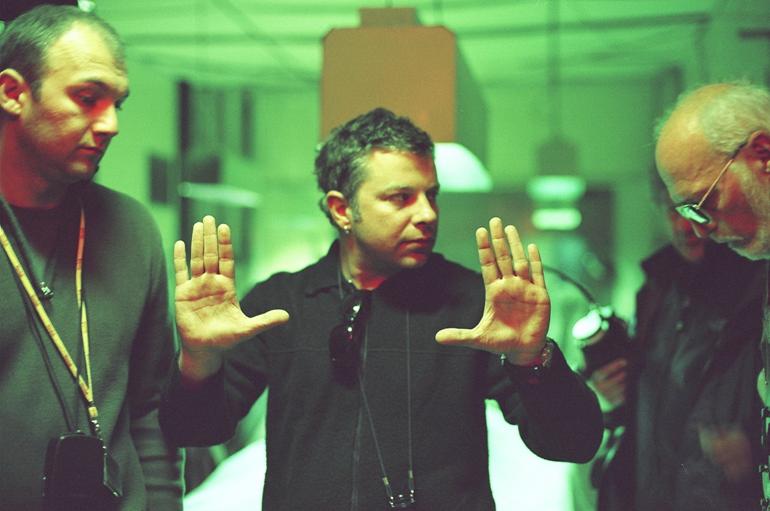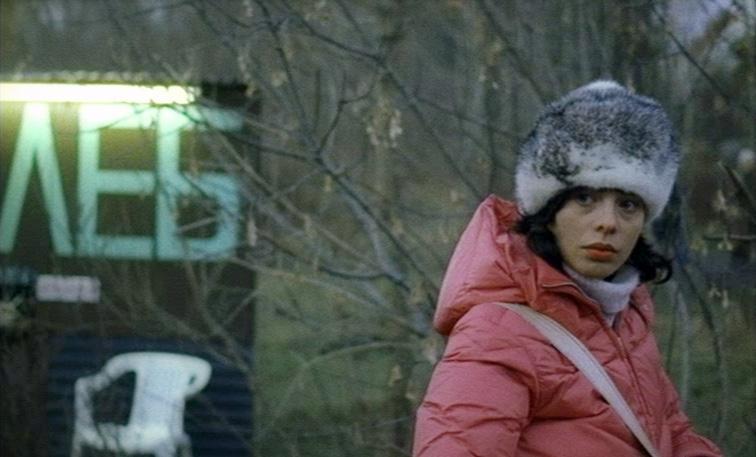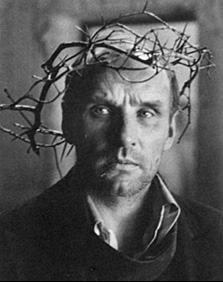The End of Nature: Interview with Angelika Markul
Angelika Markul (b. 1977, Poland) lives and works between Malakoff and Warsaw. After graduating from the École nationale supérieure des beaux-arts de Paris in 2003, she has researched the natural world and the cycles of life, through her video installations and sculptures. The artist has stated that she is influenced by artists as diverse as Miros?aw Ba?ka, Joseph Beuys, Christian Boltanski, Pierre Huyghe, Tadeusz Kantor, Jannis Kounellis, Alina Szapocznikow, and Tatiana Trouvé. Her 2016 solo exhibition What is Lost is at the Beginning at Zamek Ujazdowski Centre for Contemporary Art in Warsaw (Angelika Markul, What is Lost is at … Read more








